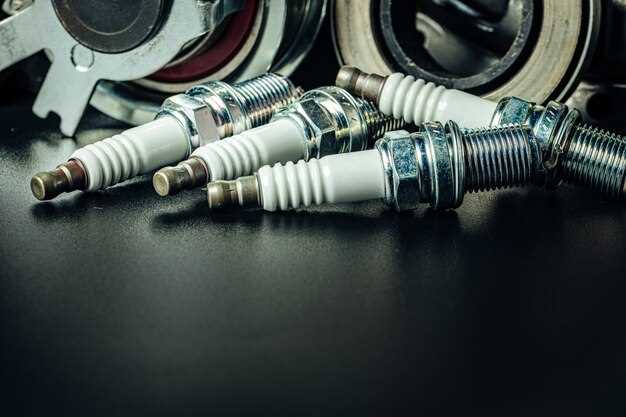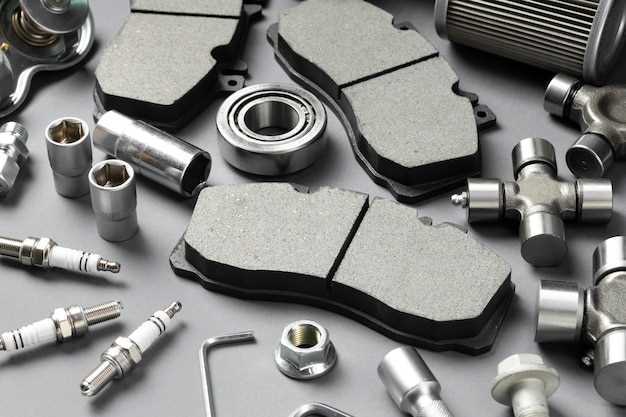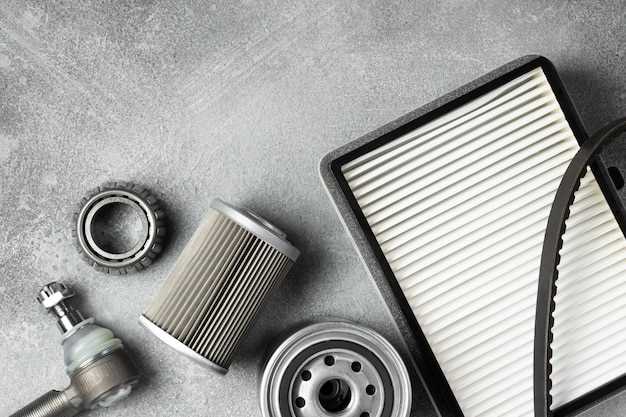
When it comes to maintaining and repairing your Toyota, understanding the differences between OEM and aftermarket parts is crucial. Both options have their unique advantages and disadvantages, often leading to confusion for car owners. This guide aims to provide a comprehensive overview of these two categories, helping you make informed decisions for your vehicle’s needs.
OEM, or Original Equipment Manufacturer, components are parts that are made by the manufacturer of your vehicle. In the case of Toyota, these parts are produced to the exact specifications of the original parts that came with your car. This ensures a perfect fit and compatibility, as well as adherence to Toyota’s stringent quality standards.
On the other hand, aftermarket parts are produced by third-party manufacturers. These components can vary in quality and price, offering a broader range of options for owners looking for alternatives. While some aftermarket parts can provide excellent performance and durability, others may not meet the standards set by OEM parts, leading to potential issues down the line.
This guide will explore the key differences between these two types of parts, considering factors such as quality, price, warranty, and overall performance. Empower yourself with knowledge and make the best choice for your Toyota vehicle.
Identifying the Differences Between OEM and Aftermarket Toyota Parts
When it comes to maintaining or repairing your Toyota, understanding the distinction between OEM and aftermarket parts is crucial. OEM, or Original Equipment Manufacturer parts, are made by the manufacturer of the vehicle–Toyota, in this case. These components are identical to those originally installed in the vehicle at the factory, ensuring perfect fit and performance.
On the other hand, aftermarket parts are produced by third-party companies. While they can often be more affordable, the quality and compatibility can vary significantly. Many aftermarket components may appear to fit and function like OEM parts but can differ in materials used, production standards, and overall reliability.
One of the primary advantages of OEM parts is their guarantee of quality and safety. Since they are designed specifically for your model, you can trust their performance and durability. Conversely, aftermarket parts may offer a wider variety of choices, potentially including performance-enhancing options, but the lack of uniformity can lead to issues in installation and longevity.
Another aspect to consider is warranty coverage. Using OEM components typically does not void any manufacturer warranty, whereas certain aftermarket products can lead to complications. It is essential to ensure that any aftermarket parts align with Toyota’s specifications to avoid potential problems.
Ultimately, when choosing between OEM and aftermarket parts, consider factors such as budget, performance needs, and long-term vehicle reliability. Understanding these differences will help you make an informed decision that best suits your Toyota’s maintenance and performance needs.
Evaluating Quality and Performance of Toyota Components

When considering maintenance or upgrades for your vehicle, understanding the difference in quality and performance between OEM and aftermarket Toyota parts is crucial. OEM (Original Equipment Manufacturer) parts are designed and produced by Toyota, ensuring that each component meets the manufacturer’s specifications. These parts are crafted to provide optimal performance, longevity, and safety for your vehicle.
In contrast, aftermarket components are produced by third-party manufacturers. While some aftermarket parts can match or even exceed OEM standards, this is not always the case. Quality can vary significantly depending on the manufacturer, production processes, and materials used. It is essential to evaluate the reputation of the aftermarket supplier when considering their parts.
Quality Assessment: The quality of Toyota components plays a significant role in the overall functionality of the vehicle. OEM parts are rigorously tested to meet strict guidelines, while aftermarket parts may not always undergo the same level of scrutiny. When evaluating an aftermarket option, look for certifications or endorsements that indicate adherence to industry standards.
Performance Comparison: The performance of your Toyota can be affected by the choice of parts. OEM components are engineered to work seamlessly with the original systems of the vehicle, ensuring proper fit and compatibility. Aftermarket parts may enhance performance, such as improved power or efficiency, but this can vary widely. It’s important to research specific components to understand the potential impacts on overall vehicle performance.
Durability and Longevity: Another aspect to consider is how long the parts will last. OEM parts often have a longer lifespan due to their superior manufacturing processes. Aftermarket components may offer lower initial costs but could lead to more frequent replacements, ultimately resulting in higher long-term expenses.
In summary, when evaluating the quality and performance of Toyota components, carefully consider the benefits of OEM parts compared to the potential perks of aftermarket alternatives. By making informed decisions based on quality, performance, and longevity, you will ensure that your Toyota continues to perform optimally on the road.
Cost Analysis: When to Choose OEM vs. Aftermarket Parts

When considering repairs or enhancements for your Toyota, one of the key decisions is whether to opt for OEM (Original Equipment Manufacturer) components or aftermarket parts. Understanding the cost implications of each choice can significantly impact your overall vehicle maintenance budget.
OEM Parts are manufactured by the vehicle’s original manufacturer and are specifically designed to match the exact specifications of your Toyota. While the price for these components can be higher compared to aftermarket options, their reliability and quality often justify the investment. Since OEM parts are tailored for your vehicle model, they generally offer seamless compatibility and superior performance.
On the other hand, aftermarket parts are produced by third-party manufacturers and can vary significantly in quality. These components are often more affordable, making them an attractive option for budget-conscious car owners. However, the lower cost of aftermarket parts can come with trade-offs, such as potential variations in fit and performance, which may lead to additional repairs in the long run.
To determine when to choose OEM versus aftermarket parts, consider the following:
- Vehicle Age: For older Toyota models, aftermarket parts may provide sufficient quality at a lower price. However, for newer models, investing in OEM components could prevent future issues.
- Warranty: If your vehicle is still under warranty, using OEM parts is often required to maintain coverage. Choosing aftermarket parts might void your warranty.
- Specificity of the Repair: For critical components like brakes or suspension, OEM parts might ensure safety and reliability, while less vital systems may allow for more flexibility.
- Budget Constraints: While OEM parts offer peace of mind, a thorough cost analysis should include the potential long-term savings of quality aftermarket options.
Ultimately, a careful assessment of your Toyota’s specific needs, your budget, and the overall importance of the component in question will help guide your decision between OEM and aftermarket parts.




